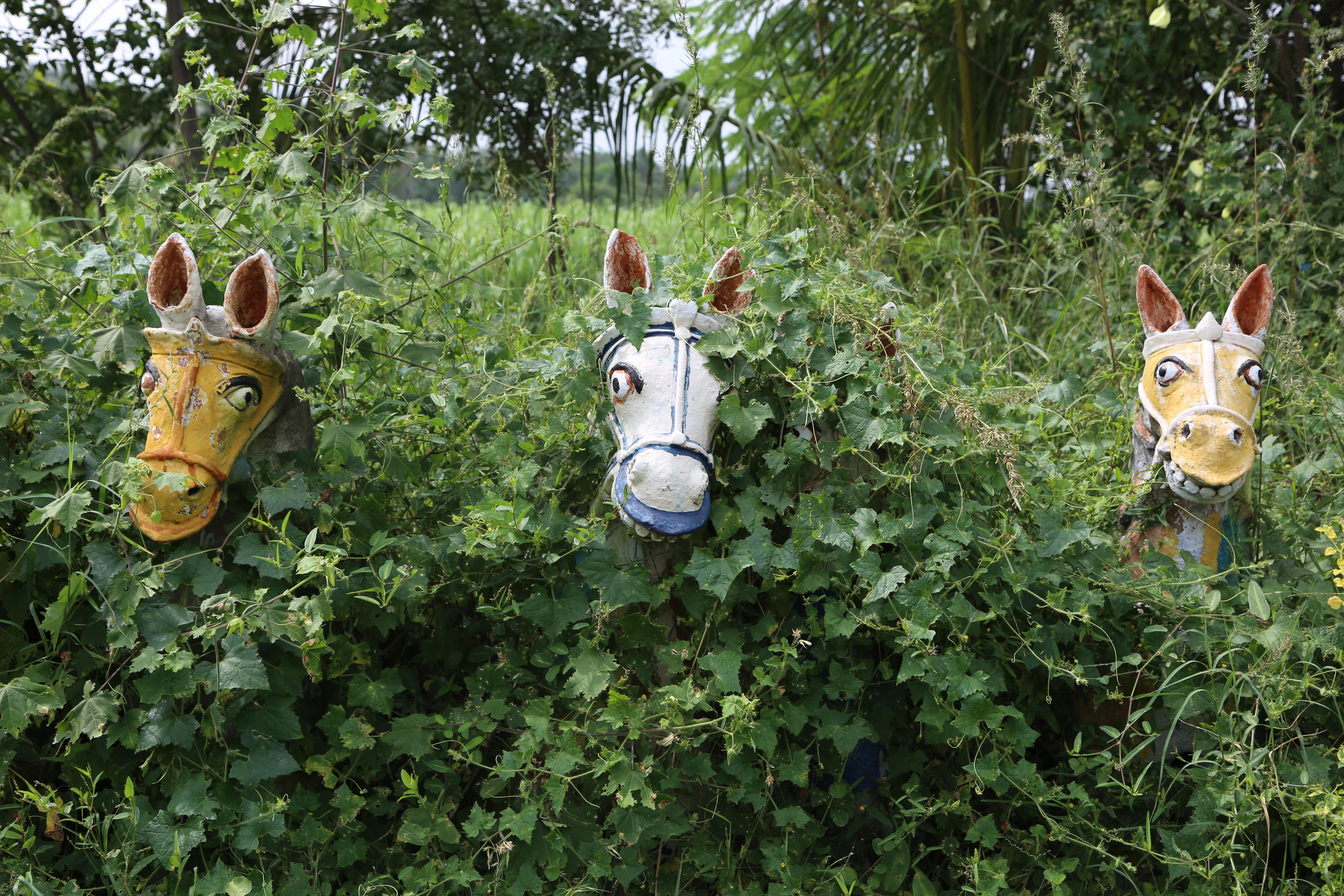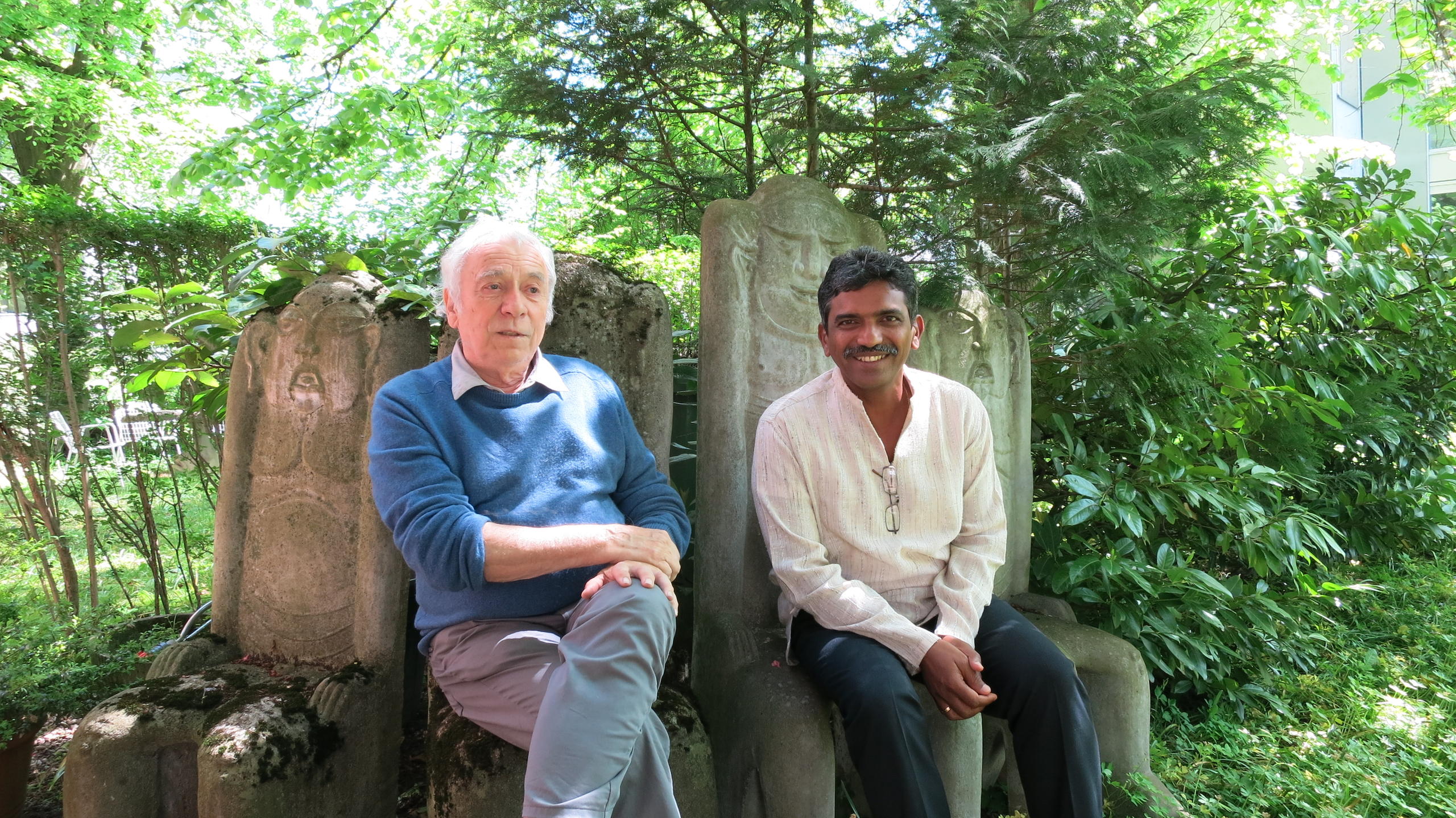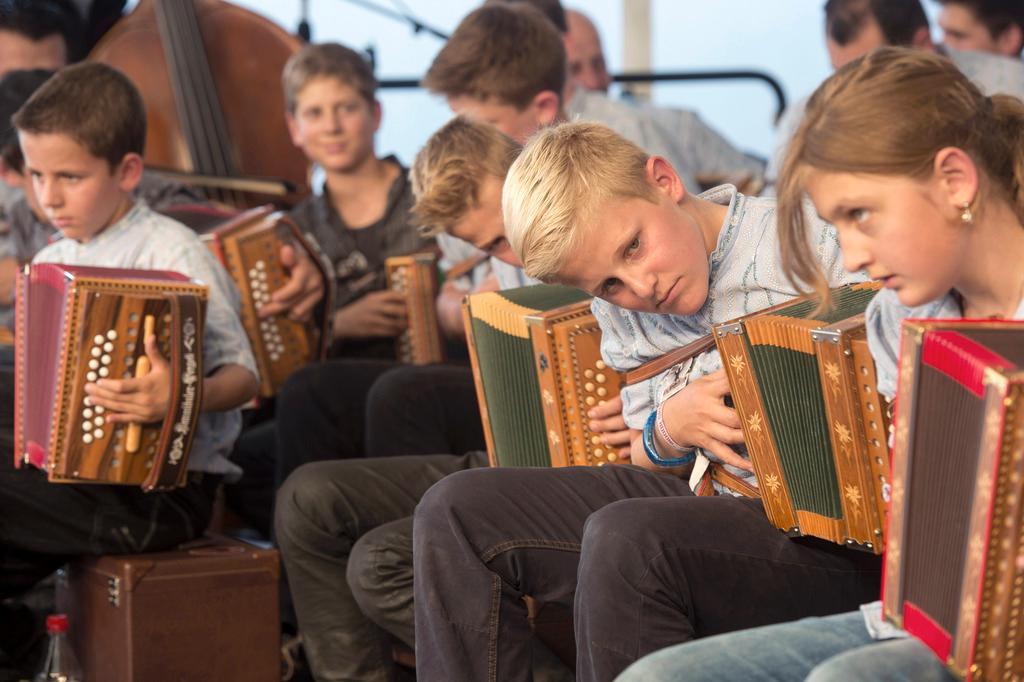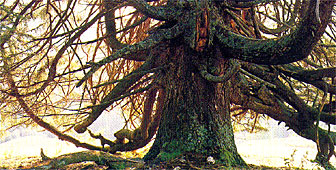Found: India’s vanishing village folk traditions

Discover how a Swiss dentist has made it a labour of love to document life-size terracotta statues from rural Indian traditions that could soon disappear.
During his trips to southern India Stephan Gottet would stumble upon sacred groves and shrines packed with hundreds of terracotta statues. By his next visit, they would be gone.
The only proof of their existence were the around 15,000 photos he had taken during his travels – evidence of what some see as cultural relics, and others as backward superstitions, that run parallel to mainstream Hinduism.
These traditions are now present in Gottet’s 376-page self-published book “Sacred groves – Mythical clay figures in southern India” that was released in March.
Click on the gallery below to see some of the images in the book.

More
Worshipping in the woods
The dentist has been a man on a mission. It took him four years of research and around €30,000 (CHF32,486) of his own money to get the book out. He refers to it as his homage to Indian culture that started on a trip to southern India.
“When I first visited India, it was a bit like coming home, says Gottet of his holiday to Tamil Nadu in 1994 in search of sunshine and culture. “It was like being in Greece or Rome and nothing appeared strange to me.”
The energetic 75-year-old has been practicing dentistry in the town of Bremgarten in northern Switzerland for 50 years. Just adjacent to his glass-fronted dental practice sits his pink-coloured house which also serves as a sort of private museum for his collection of ancient Greek and Roman artefacts.
“Archaeology always interested me, especially Indo-European art,” he says. “I purchased some Indian artefacts at flea markets or art galleries.”
Off the beaten track
“The temples of Tamil Nadu were magnificent but one cannot see 100 temples day-after-day. I wanted see something interesting in rural India and our guide showed us some local village deities,” says Gottet.
But even their experienced local guide Rajendran didn’t really know much about these terracotta figures found on the outskirts of certain villages, especially in small forests or groves.
“It was a challenge to get more information on these folk worship traditions,” says Rajendran. “Even the villagers themselves didn’t know much about them and I had to depend on elderly residents for any kind of details.”

Living traditions
The village folk worship tradition runs parallel to mainstream Hinduism. The principal deities found in the village shrines are manifestations of the gods Ayyanar and Mariamman that are believed to protect the village. But Gottet is especially interested in clay figurines that have a more personal connection and are found in sacred groves and temple grounds. They are placed there by the villagers and the sacred sites range from an acre to a square kilometer.
“The atmosphere in these sacred groves is sometimes more spiritual than that found in temples and churches,” says Gottet.
Typical objects found in sacred groves include the almost life-size clay horses that honour dead warriors who are believed to protect the village from bad spirits. Another smaller but no less important offering are the child-like Madalai figures that are placed there by women whose prayers for a child are answered.
“It is a living tradition. Once a year a grand festival is celebrated and villagers have to pre-order their figures from the local potters. They are carried in a procession to the sacred groves and let it decay. The philosophy is that nothing is permanent in this world,” says Rajendran.
Waning interest
However, there seems to be a waning of interest in young people to continue these folk traditions. According to Gottet, these village folk deities are in danger of extinction because they don’t correspond anymore with how people live their lives. These practices are viewed by some as cultural relics or even backward superstitions.
It is also a question of attitude, says Rajendran.
“In the west people talk about museums, conservation and restoration but the villagers don’t think about these things. At the most they’ll fence them off but monkeys and cows damage them nevertheless,” he says.
As an archaeology buff, it pained Gottet to see these testaments to local beliefs and traditions disappear in front of his eyes.
“Indians are in danger of losing their rich culture if they don’t pay attention,” he says. “I thought it was foolish and a waste to keep these photos just for myself without sharing them widely.”
The Swiss dentist is already planning a second volume that will attempt to compare Indic and Greek civilisations side-by-side.
“For example, both the Greek and Indian sun gods Helios and Surya respectively ride a chariot pulled by white horses but the former has four horses while the latter has seven,” he says.
His message to Indians is to modernise but hold on to local traditions. According to him, maharajah’s palaces and the grand temples and other religious shrines built by them are not reflective of the bulk of Indian society who come from more modest backgrounds. It is folk traditions that best depict the daily lives and aspirations of ordinary people.
“The village folk culture is something to be proud of as it is a connection to one’s roots.” he says.
Should the terracotta statues be allowed to decay as intended or preserved for posterity? Shares your views with us in the comments section.

In compliance with the JTI standards
More: SWI swissinfo.ch certified by the Journalism Trust Initiative












You can find an overview of ongoing debates with our journalists here . Please join us!
If you want to start a conversation about a topic raised in this article or want to report factual errors, email us at english@swissinfo.ch.